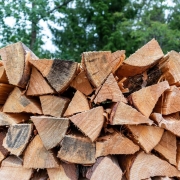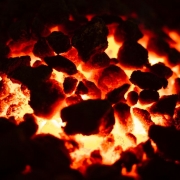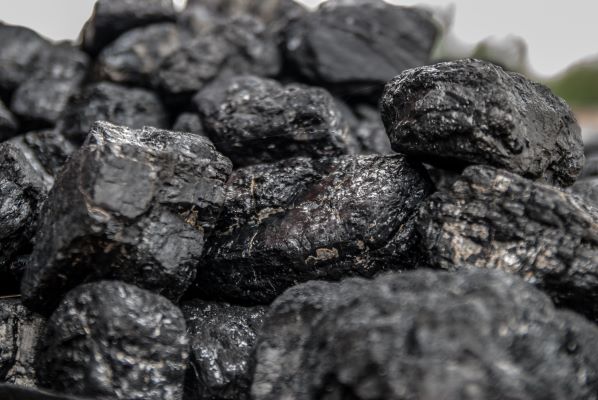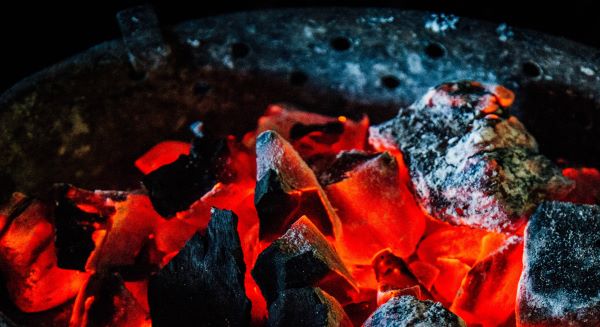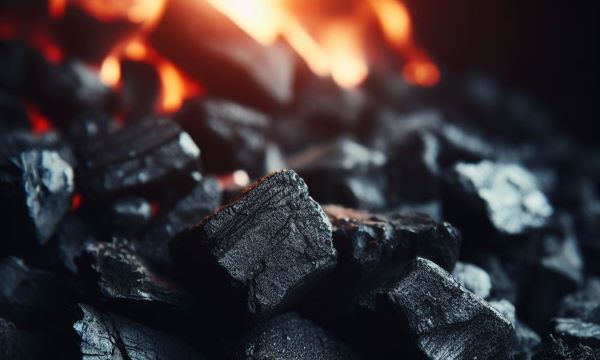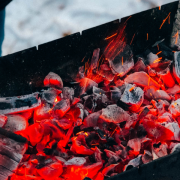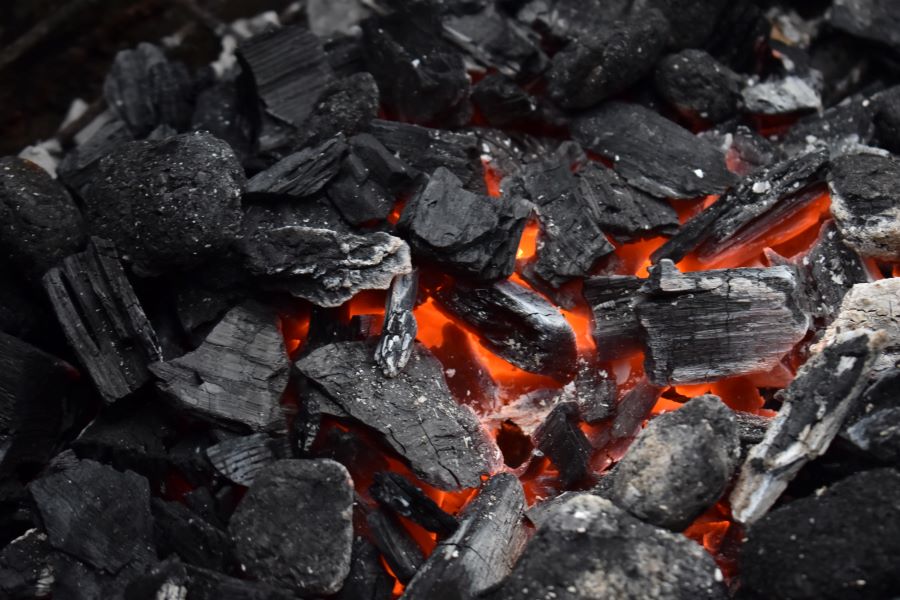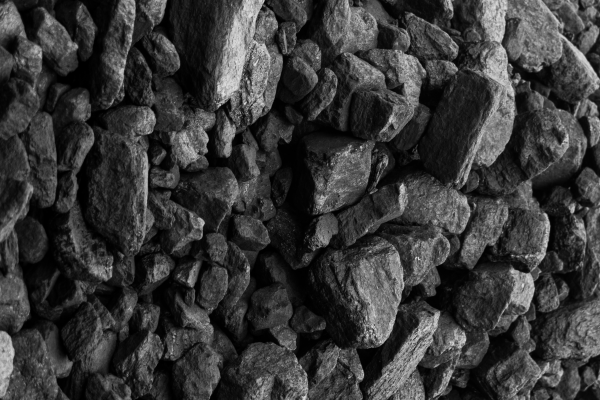Preparing for Delivery: How to Store Coal, Firewood and Other Solid Fuels
How to Store Fuel: Coal and Wood
When you buy coal in bulk, or make a large order for firewood, it’s important to have an appropriate place to store it.
How to Store Firewood
We supply firewood in pre-packed bags or nets for efficient, protected storage. Wood fuels can be supplied locally as open sack delivery to storage areas, with a minimum order quantity of 150kg. When you receive your delivery, remove any plastic sacking and stack it neatly in your desired storage area. The risks of improper firewood storage include:
- Mould and Fungus: these microorganisms feed on wood during the rotting process. If your wood remains damp for long, it will become home to mould and fungi and be unburnable.
- Damp/Wet Wood: When wood is wet, it takes longer to light and burns less efficiently, creating soot and steam rather than heat.
- Wildlife: small animals such as mice and hedgehogs, and insects such as wasps, have been known to build nests in wood piles.
Storing Logs Outside
It is best to store firewood outside. The important thing to remember when storing firewood is to keep it dry and raised off the ground for good ventilation and to minimise the chances of wildlife making homes in the pile. Neatly stack logs to keep the air flowing freely around them. A good rule to follow is ‘first in, first out’, putting the newest wood at the bottom and replacing your oldest wood on the top so that you use this first. This can help prevent infestations caused by wood sitting at the bottom of the stack for too long.
Store firewood with:
- Log Store or Firewood Rack: the best option for storing firewood is on a purpose-built log store or rack. This keeps the logs off the ground and well-ventilated.
- Woodshed or Garage: if the logs are kiln-dried, you can keep them in a closed space such as a shed or garage.
- Pallet and Tarp: this is a last resort until you have somewhere sheltered to store wood, as covering can trap moisture around the logs and prevent them from drying properly. While the pallet keeps logs off the ground, cover the pile with a tarp when there is a risk of rain. If possible, remove the tarp on dry, sunny days to give logs a chance to dry out completely.
You can store a small number of logs indoors in a basket or chest, as well as kindling and wood-based briquettes.
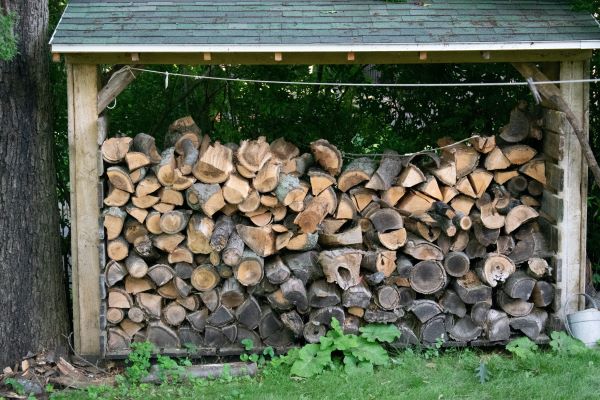
How to Store Coal (All Types)
Storing coal is simple, whether you store it inside or outside. If you buy pre-packed plastic sacks, the coal doesn’t necessarily need unpacking. It is not necessary to keep coal dry at all times, though excess moisture when adding coal to the fire can waste heat in evaporating the water, and create steam that could corrode your chimney flue, depending on material.
We supply smokeless coal and coal briquettes in bulk, with minimum delivery orders totalling 150kg of any combination of products locally and 250kg nationally. We deliver right to your storage area.
Storing Coal Outside
If you have a large supply of coal, outdoors is the best place for it.
- Coal Bunker: These are available in a range of sizes and made from durable metal, or plastic. The wide lid makes it easy to scoop as much as you need at any one time.
- Dustbin: If you don’t have a bunker, a plastic or metal bin with a lid can keep your coal contained and dry outside.
- In Pre-packed Bags: If the bags are weatherproof, you can stack them outdoors and store them this way.
- Pile: If you have the space and don’t mind how it looks, you can store your coal in a pile. Keep it relatively dry by covering it over with a tarp or other waterproof sheeting, and be sure not to stack coal higher than shoulder height to avoid injury.
Storing Coal Inside
- Coal scuttle or bucket: a small bucket for use next to the fire. This is useful for storing small amounts of coal indoors and for carrying it in from outdoors.
- Storage basket or chest: This is a convenient way to keep coal near the fire, though they do not usually hold a large amount.
- Cellar: a good place to store larger amounts of coal, if your home has a cellar this can help keep it accessible but out of the way.
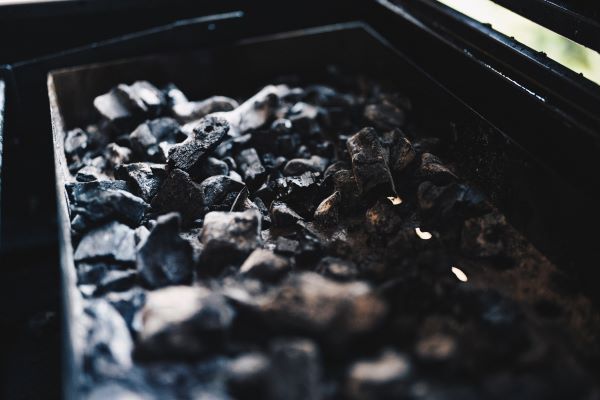
How to Store Charcoal
Charcoal is carbonised wood, typically burned for cooking. When stored properly, it can last an extremely long time.
Our restaurant-grade charcoal is ideal for charcoal grills, tandoor ovens and barbecue cooking. We stock 12kg blue sacks of charcoal and deliver in bulk. These sacks are paper, so it is important to have your charcoal storage ready before receiving delivery.
The key thing to remember about storing charcoal is to keep it dry. If charcoal gets wet, it can absorb the water and become very difficult to light, even if the outer layer feels dry. If it becomes crumbly, charcoal is useless for cooking.
Storing charcoal outdoors
- Metal containers: a metal bin or coal bunker with a lid will keep charcoal dry. Keep it out of direct sunlight, however, as on a hot day metal could heat up enough to ignite the charcoal.
- Shed: Storing charcoal in a shed or garage can keep it dry and cool, as long as the area is not damp. Keep it off the floor, as moisture collects in low areas.
- Airtight container: The best way to keep any moisture out of your charcoal is to store it in an airtight container. This could be a lidded plastic barrel or bin.
Solid Fuel Storage: Keep it Dry
The main advice we can offer is to keep your fuel dry. Even if coal doesn’t absorb water like wood and charcoal, you don’t want to waste the heat output on evaporating moisture, and you certainly don’t want to create humidity in the home by burning damp fuel.

